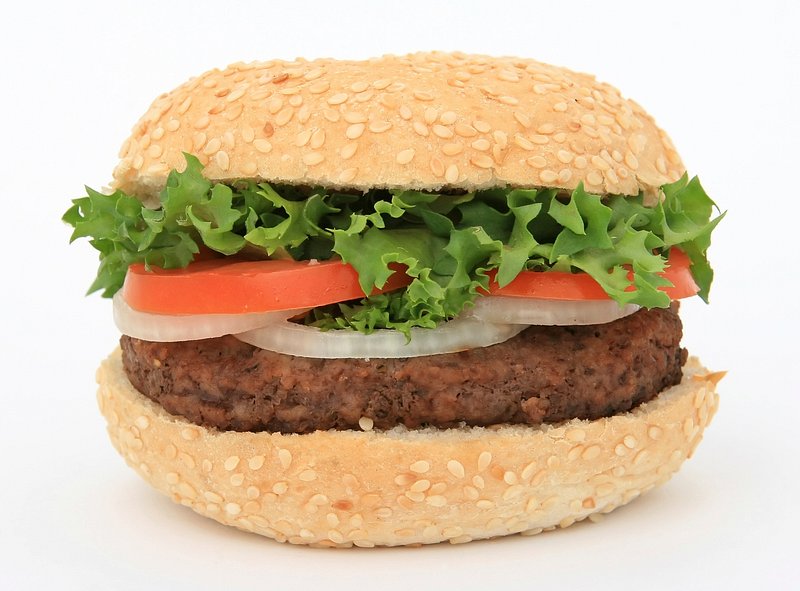
The restaurant industry has endured a particularly brutal five – year period. Beginning with the widespread closures and restrictions imposed during the COVID – 19 pandemic that pushed many operators towards bankruptcy, the sector has faced persistent headwinds. More recently, inflationary pressures and shifts in consumer spending habits have compounded difficulties, increasing costs for everything from food supplies to packaging and restaurant equipment.
This challenging environment continues into 2025, impacting chains across the spectrum, from fast – food to traditional sit – down establishments. While many brands are struggling, recent developments involving one of Burger King’s significant franchisees underscore the financial pressures weighing on the system.
Consolidated Burger Holdings, a franchisee operating 57 Burger King locations across Florida and Georgia, has filed for Chapter 11 bankruptcy. This decision follows months of economic difficulties for the company, which saw it close nearly 20 (specifically 18) of its restaurants before initiating bankruptcy proceedings.
The franchisee’s financial performance reveals the depth of its struggles. In 2023, Consolidated Burger Holdings reported sales totaling $76.6 million. However, the company simultaneously incurred an operating loss of $6.3 million during that year. The situation deteriorated further in 2024.

According to reports, sales for Consolidated Burger Holdings fell to $67 million in 2024. Concurrently, the company’s losses escalated significantly, increasing to $12.5 million. This two-year trend of declining sales and widening losses was a key factor driving the bankruptcy filing.
The factors contributing to the franchisee’s financial distress are clearly cited: a drastic drop in sales and low customer traffic. The company stated that consumers simply were no longer visiting its restaurants as frequently as before, making the operation of so many locations unsustainable despite the well – known brand name.
Fierce competition within the fast – food market and broader changes in consumer habits have severely affected the profitability of operators like Consolidated Burger Holdings. The lack of consistent customer flow and the decline in sales volume made it increasingly difficult for the franchisee to generate the necessary revenue to operate profitably.

This bankruptcy filing by a major franchisee comes as Burger King itself is navigating broader challenges. The brand experienced what is described as a “dismal 2024.” More recently, Restaurant Brands International reported quarterly earnings that showed same – store sales for Burger King declining by 1.3%.
This decline was steeper than analyst estimates, which had projected a smaller decrease of 0.9%. Despite these recent results, Burger King executives have expressed optimism about the brand’s trajectory. CEO Josh Kobza indicated that momentum had improved “meaningfully” as the company entered the second quarter.
Mr. Kobza stated, “As we come into [the second quarter], that momentum has improved meaningfully, so we’re seeing some better absolute results as we get into the second quarter that give us confidence in how we’re going to navigate the rest of the year.” This suggests the company believes internal initiatives or external factors may be starting to turn the tide.

The bankruptcy of a large franchisee like Consolidated Burger Holdings is undoubtedly not a positive signal for the broader Burger King brand. It highlights a potential vulnerability within the franchise network, where independently operated units face significant economic pressures that can squeeze profit margins.
The situation at Burger King and its franchisees also reflects a broader problem facing the entire fast – food industry. Chains are struggling to maintain profitability in the face of evolving consumer preferences, increased competition, rising operational costs, and shifts towards online ordering and delivery.
Consolidated Burger Holdings’ bankruptcy serves as a reminder to other Burger King franchisees across the country about the challenging market dynamics. While Burger King remains one of the largest fast – food chains globally, the health of its franchise system is crucial to its overall stability.
In the near term, Consolidated Burger Holdings plans to keep its remaining restaurants open during the Chapter 11 process. The company reportedly hopes to sell the business and its assets as part of the restructuring. For customers in Florida and Georgia, this means their local Burger King might still be open, although its long – term ownership could change.

Additionally, Burger King as a brand has been undertaking efforts to modernize its image and customer experience. The company has recently remodeled 90 locations nationwide and has plans to update hundreds more throughout the current year. These investments aim to attract and retain customers in a competitive market.
The challenges faced by Consolidated Burger Holdings, characterized by declining sales and traffic leading to significant losses, underscore the urgent need for adaptation within the fast – food sector. The traditional business model is being tested by new trends and economic realities.
Beyond Burger King, the context points to struggles across the industry. Southern Arizona’s eegee’s filed for Chapter 11 bankruptcy after shuttering five restaurants, with customers noting increased prices and decreased quality after a sale to an investment firm. Sticky Fingers, a BBQ chain, also filed for Chapter 11 bankruptcy for two locations, citing inconsistent leadership and the economic impacts of COVID – 19 as drivers for closing most of its locations.

Major national chains have also reported difficulties. KFC saw consumer spending fall by 4% in 2024, according to Circana data, ranking below Raising Cane’s and Wingstop. On the Border, a Mexican chain, filed for Chapter 11 earlier this year after closing over 12 restaurants. It is now operating half the number of locations it had at the end of 2023.
Papa John’s experienced a “brutal 2024,” with comparable sales in North America down, although total revenues saw a slight increase in Q1 2025. Chipotle reported its worst quarter in five years in Q1 2025, with same – store sales falling 0.4% and transactions down 2.3%.
Popeyes, another Restaurant Brands chain alongside Burger King, saw a significant 4% slide in same – store sales domestically, though international demand showed growth. TGI Fridays also confirmed that it had filed for Chapter 11 bankruptcy in 2024 and continues to close restaurants in 2025, with only 85 remaining open, though it aims to increase its international presence.

BurgerFi, the parent company of Anthony’s Coal Fired Pizza, filed for Chapter 11 in September 2024 before selling its assets at auction. Even McDonald’s, the industry leader, experienced its worst U.S. same – store sales quarter since the pandemic, with a 3.6% drop, which its CEO attributed to consumers grappling with uncertainty.
This wider view highlights that the struggles are not isolated to one brand but reflect systemic pressures. For Burger King, the franchisee bankruptcy raises questions about the health of the system supporting its vast network. The company’s ability to support its franchisees and adapt its model will be crucial for navigating this turbulent period and ensuring long – term viability amidst intense competition and evolving market conditions.
Related posts:
11 Restaurant Chains Struggling in 2025
After Closing Locations, Burger King Franchises Files For Bankruptcy
Goodbye to Burger King: Confirms the Worst Rumors in the United States


